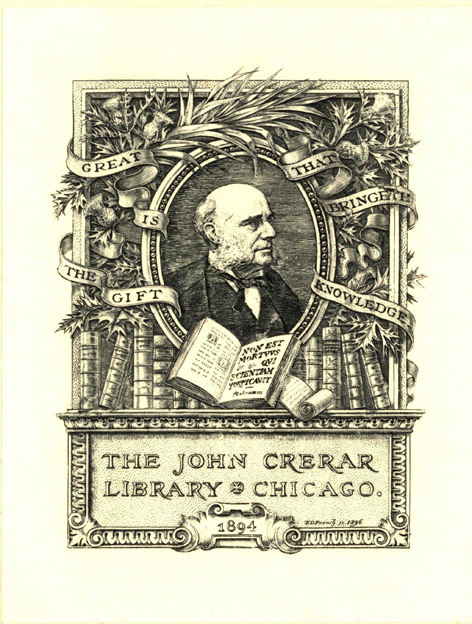Inverse acoustic and electromagnetic scattering theory /
Saved in:
| Author / Creator: | Colton, David L. |
|---|---|
| Imprint: | Berlin ; New York : Springer-Verlag, c1992. |
| Description: | x, 305 p. : ill. ; 24 cm. |
| Language: | English |
| Series: | Applied mathematical sciences ; v. 93 Applied mathematical sciences (Springer-Verlag New York Inc.) v. 93. |
| Subject: | |
| Format: | Print Book |
| URL for this record: | http://pi.lib.uchicago.edu/1001/cat/bib/1392422 |
Table of Contents:
- 1. Introduction. 1.1. The Direct Scattering Problem. 1.2. The Inverse Scattering Problem
- 2. The Helmholtz Equation. 2.1. Acoustic Waves. 2.2. Green's Theorem and Formula. 2.3. Spherical Harmonics. 2.4. Spherical Bessel Functions. 2.5. The Far Field Mapping
- 3. Direct Acoustic Obstacle Scattering. 3.1. Single- and Double-Layer Potentials. 3.2. Scattering from a Sound-Soft Obstacle. 3.3. The Reciprocity Relation. 3.4. The Two-Dimensional Case. 3.5. On the Numerical Solution in R[superscript 2]. 3.6. On the Numerical Solution in R[superscript 3]
- 4. Ill-Posed Problems. 4.1. The Concept of Ill-Posedness. 4.2. Regularization Methods. 4.3. Singular Value Decomposition. 4.4. Tikhonov Regularization. 4.5. Nonlinear Operators
- 5. Inverse Acoustic Obstacle Scattering. 5.1. Uniqueness. 5.2. Physical Optics Approximation. 5.3. The Direct Approach to the Inverse Problem. 5.4. Approximation of the Scattered Field. 5.5. Superposition of the Incident Fields
- 6. The Maxwell Equations. 6.1. Electromagnetic Waves. 6.2. Green's Theorem and Formula. 6.3. Vector Potentials. 6.4. Scattering from a Perfect Conductor. 6.5. Vector Wave Functions. 6.6. The Reciprocity Relation
- 7. Inverse Electromagnetic Obstacle Scattering. 7.1. Uniqueness. 7.2. Continuous Dependence on the Boundary. 7.3. Approximation of the Scattered Field. 7.4. Superposition of the Incident Fields
- 8. Acoustic Waves in an Inhomogeneous Medium. 8.1. Physical Background. 8.2. The Lippmann-Schwinger Equation. 8.3. The Unique Continuation Principle. 8.4. Far Field Patterns. 8.5. The Analytic Fredholm Theory. 8.6. Transmission Eigenvalues. 8.7. Numerical Methods
- 9. Electromagnetic Waves in an Inhomogeneous Medium. 9.1. Physical Background. 9.2. Existence and Uniqueness. 9.3. Far Field Patterns. 9.4. The Spherically Stratified Dielectric Medium. 9.5. The Exterior Impedance Boundary Value Problem
- 10. The Inverse Medium Problem. 10.1. The Inverse Medium Problem for Acoustic Waves. 10.2. A Uniqueness Theorem. 10.3. A Dual Space Method. 10.4. A Modified Dual Space Method. 10.5. The Inverse Medium Problem for Electromagnetic Waves. 10.6. Numerical Examples.

